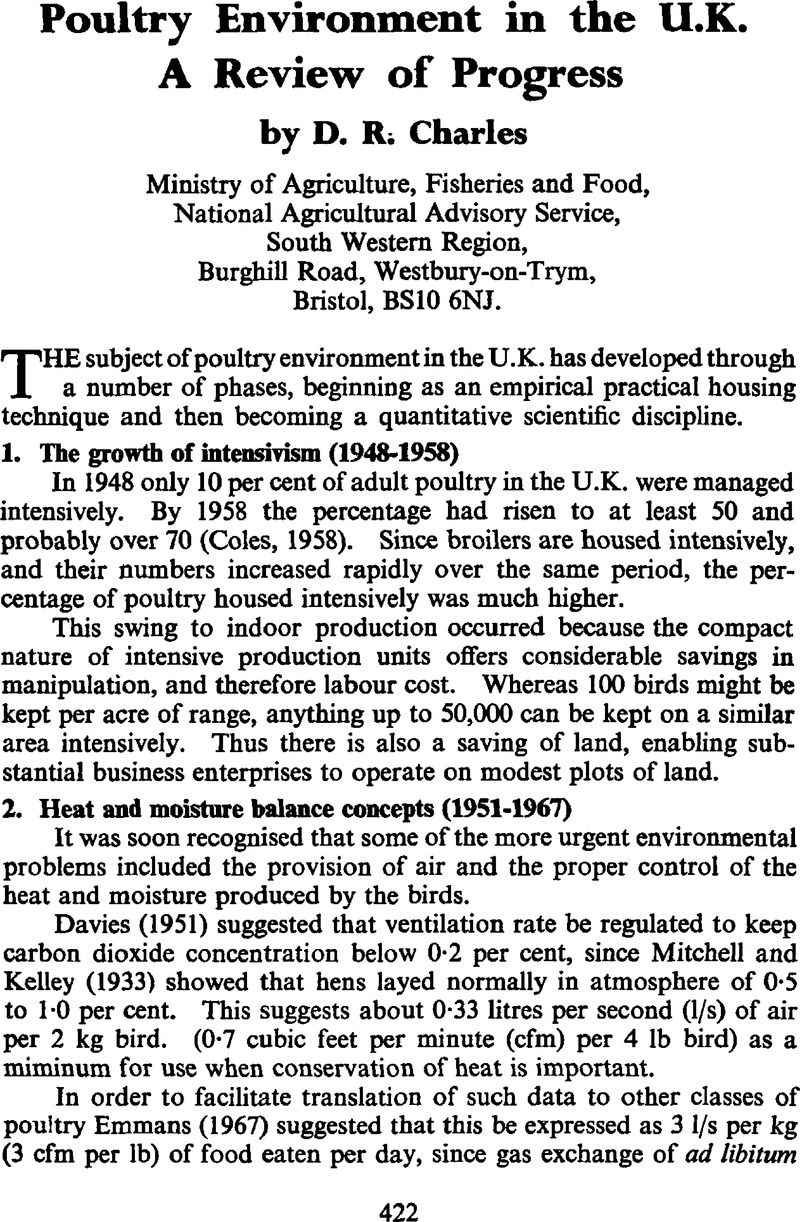Crossref Citations
This article has been cited by the following publications. This list is generated based on data provided by Crossref.
Randall, J.M.
1975.
The prediction of airflow patterns in livestock buildings.
Journal of Agricultural Engineering Research,
Vol. 20,
Issue. 2,
p.
199.
Charles, D. R.
Scragg, R. H.
and
Binstead, J. A.
1981.
The effects of temperature on broilers: Ventilation rates for the application of temperature control.
British Poultry Science,
Vol. 22,
Issue. 6,
p.
493.
CHARLES, D.R.
1981.
Environmental Aspects of Housing for Animal Production.
p.
183.



